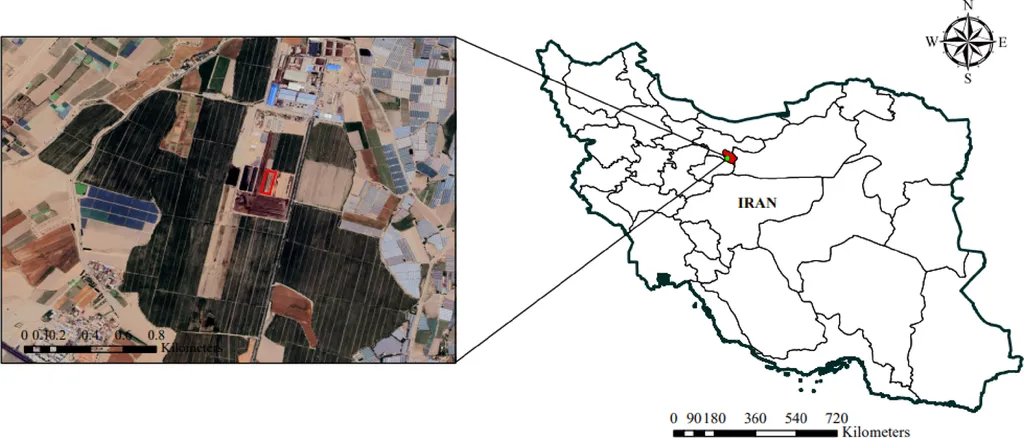In the heart of arid and semi-arid regions, where every drop of water counts, a groundbreaking study led by Iman Hajirad from the University of Tehran’s Department of Irrigation and Reclamation Engineering is revolutionizing the way we understand and predict crop growth. Published in the esteemed journal *Scientific Reports* (known in English as *Nature Scientific Reports*), this research is paving the way for smarter irrigation management and precision agriculture, with significant implications for the energy sector.
Hajirad and her team have turned to nonlinear growth models to unlock the secrets of silage maize growth dynamics. By employing Logistic and Gompertz models, they’ve managed to predict biological yield and water productivity with remarkable accuracy. “Understanding the complex mechanisms of crop growth is essential for optimizing agricultural productivity,” Hajirad explains. “Our study shows that these models can effectively simulate the dynamic growth of silage maize under varying irrigation and temperature conditions.”
The research focused on two primary irrigation regimes: deficit irrigation (providing 60% and 80% of crop water requirements) and full irrigation (providing 100%). The results were striking. The Logistic and Gompertz models achieved an impressive coefficient of determination (R²) exceeding 99% under pulse irrigation and 80% under continuous irrigation. This means that these models can predict crop growth with a high degree of accuracy, even in water-scarce environments.
One of the most compelling findings was that the maximum biological yield rate occurred at a growing degree days (GDD) of 1014°C, which is approximately 50 days after planting. This insight could be a game-changer for farmers and agricultural planners, allowing them to optimize irrigation schedules and maximize crop yields.
The study also revealed that the absolute growth rate followed a bell-shaped pattern in the Logistic model and a right-skewed distribution in the Gompertz model. These patterns provide valuable insights into the growth dynamics of silage maize and can be used to develop more effective irrigation strategies.
So, what does this mean for the future of agriculture and the energy sector? The integration of these models into smart agricultural systems can significantly enhance resource optimization and sustainable farming practices. By predicting crop growth more accurately, farmers can reduce water waste, improve yields, and ultimately lower the energy costs associated with irrigation.
Hajirad’s research is a testament to the power of precision agriculture. “These models not only facilitate quantitative crop growth predictions but also provide a decision-support tool for irrigation planning and precision crop management,” she says. As we face the challenges of climate change and water scarcity, this kind of innovative thinking will be crucial in ensuring food security and sustainable resource management.
In the broader context, this research could shape future developments in the field by encouraging the adoption of data-driven approaches to agriculture. By leveraging advanced modeling techniques, we can make more informed decisions about water usage, crop selection, and irrigation strategies. This, in turn, can lead to more efficient and sustainable agricultural practices, benefiting both farmers and the environment.
As we look to the future, the work of Iman Hajirad and her team serves as a beacon of hope and innovation. By harnessing the power of nonlinear growth models, we can unlock new possibilities for precision agriculture and pave the way for a more sustainable and resilient food system. The journey towards smarter, more efficient agriculture has only just begun, and the insights from this research are a significant step in the right direction.

